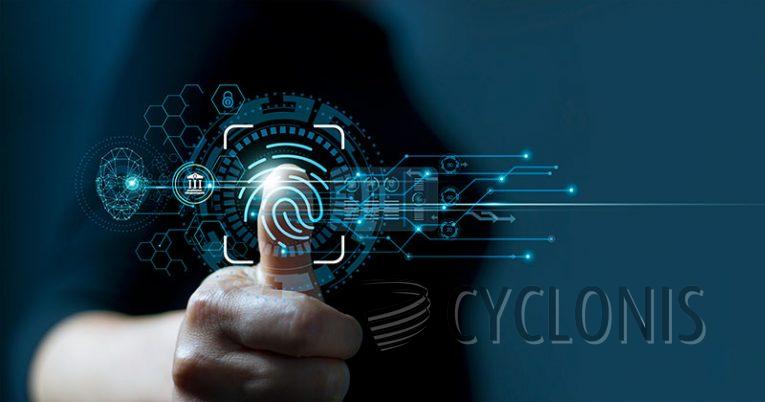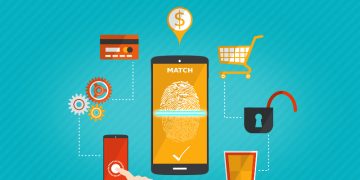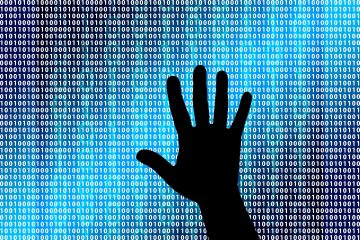Biometrics: The Future of Identity Authentication and Security

In today's rapidly advancing technological landscape, traditional password-based authentication methods are proving to be increasingly vulnerable to cyber threats. As a result, the need for more secure and convenient identity verification techniques has become paramount. Biometrics, the measurement and analysis of unique physical or behavioral characteristics, offers a promising solution to this challenge. This comprehensive article delves into the world of biometrics, exploring its various uses and the potential dangers associated with storing biometric data in databases.
Table of Contents
What is Biometrics?
Biometrics is a cutting-edge field that involves the identification and authentication of individuals based on their physiological or behavioral characteristics. These unique traits are distinct to each person, making biometrics a highly reliable form of identification. Common biometric modalities include fingerprint recognition, facial recognition, iris or retinal scanning, voice recognition, hand geometry, and even behavioral traits like gait or keystroke dynamics.
The Uses of Biometrics
Identity Verification
Biometrics provides a secure and convenient means of verifying an individual's identity. It is widely used in access control systems, allowing authorized personnel to gain entry to restricted areas.
Mobile Device Security
Many smartphones and tablets now feature biometric authentication methods like fingerprint scanning or facial recognition, providing a seamless way for users to unlock their devices securely.
Financial Transactions
Biometrics is increasingly utilized for secure financial transactions. Voice or fingerprint authentication can be employed for mobile banking and digital payment services, reducing the risk of fraud.
Border Control and Travel
Biometric systems are deployed at airports and immigration checkpoints to enhance border security. Facial recognition and iris scanning can expedite the immigration process and ensure the identity of travelers.
Healthcare
Biometrics is applied in healthcare settings for patient identification, ensuring accurate medical records and preventing medical identity theft.
Law Enforcement
Law enforcement agencies use biometrics for criminal identification and investigation. Fingerprint matching and facial recognition aid in solving crimes and locating missing persons.
The Dangers of Biometric Data Breaches
While biometrics offer unparalleled security, the storage and management of biometric data are not without risks. Biometric data, once compromised, cannot be changed like passwords, heightening concerns about the potential consequences of a data breach:
Identity Theft
If biometric data, such as fingerprints or iris scans, falls into the wrong hands, cybercriminals could impersonate individuals for fraudulent activities, jeopardizing their personal and financial security.
Privacy Concerns
Biometric data is highly sensitive and personal. A data breach of biometric databases could lead to significant privacy infringements, causing emotional distress to affected individuals.
Data Integrity
Unlike passwords, which can be reset, biometric data is immutable. Therefore, it is crucial to maintain the integrity of the data, as compromised biometrics cannot be replaced.
Unlawful Surveillance
The proliferation of biometric databases raises concerns about the potential abuse of biometric surveillance by governments or organizations, infringing on individuals' right to privacy.
Protecting Biometric Data
Given the potential risks associated with biometric data breaches, safeguarding this sensitive information is paramount. To mitigate the dangers:
Encryption
Biometric data should be encrypted at rest and during transmission to protect it from unauthorized access.
Secure Storage
Employ robust security measures for biometric databases, such as multi-factor authentication and strict access controls.
Tokenization
Use tokenization to replace biometric data with unique tokens, ensuring that even if a database is breached, the actual biometric information remains concealed.
Anonymization
Whenever possible, store biometric data in an anonymized format, unlinking it from personally identifiable information.
Regulatory Compliance
Comply with data protection regulations, such as GDPR or CCPA, to ensure responsible handling of biometric data.
Biometrics Takeaways
Biometrics is revolutionizing the landscape of identity verification and access control, providing enhanced security and convenience. From unlocking smartphones to securing financial transactions, the applications of biometrics are vast and promising. However, the risks associated with storing biometric data in databases necessitate a robust approach to data protection and privacy. By adopting stringent security measures and adhering to best practices, organizations and governments can harness the potential of biometrics while safeguarding individuals' personal information. As technology continues to evolve, it is crucial to strike a balance between the advantages of biometrics and the ethical responsibilities to protect the privacy and security of those whose data is being used. Only with careful consideration and proactive measures can we embrace the full potential of biometrics responsibly and securely in the digital age.








